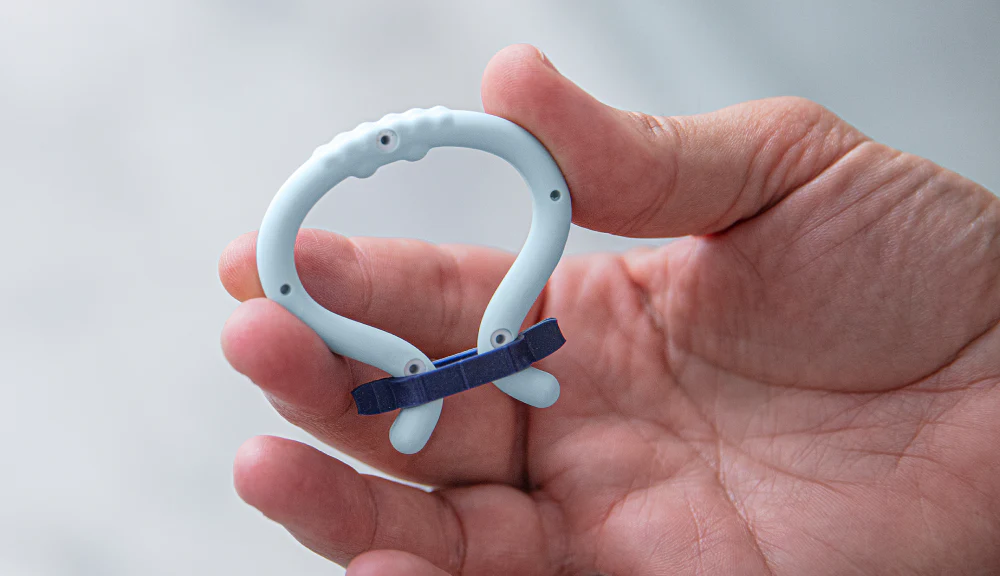What to Expect During a Prostate Cancer Biopsy

A prostate biopsy is an essential step in diagnosing prostate cancer. If your doctor recommends you get one, you may experience anxiousness, nervousness or dread. While the procedure isn’t going to be the highlight of your week, it’s not actually painful—and is over pretty quickly.
Defining biopsy
A biopsy is a small sample of tissue taken for microscopic analysis to confirm a diagnosis, typically of cancer. However, biopsies are also recommended to diagnose other medical problems that are non-cancerous.
For the prostate, a transrectal biopsy is the most commonly used method. During one, a doctor inserts a device containing a needle into the rectum and through the rectal wall to access the prostate. Alternatively, in a transperineal biopsy, the needle is inserted through a small incision between the anus and the scrotum.
What may prompt a biopsy
Your doctor may recommend a biopsy after finding something concerning, whether during a digital rectal exam (DRE) or through a prostate-specific antigen (PSA) test that yields elevated levels. A DRE is frequently performed by a primary-care provider as a form of routine prostate screening; a PSA is a blood test that reflects the level of a protein produced in the prostate, which may indicate problems, pending the amount. If either test produces abnormal findings or if you’ve had an abnormal but noncancerous biopsy in the past or if you have a past normal biopsy but have an elevated PSA, your doctor may recommend imaging (ultrasound or MRI) or a prostate biopsy.
Remember: A recommendation for a biopsy does not automatically mean you have cancer. There are multiple causes of prostate and PSA abnormalities. The biopsy is what confirms whether cells are cancerous and if so, provides more information about the stage and grade of cancer, so you can form a treatment plan with your doctor.
Before the procedure
Prostate biopsies are safe procedures, but there are a few risks: bleeding at the site, blood in semen or urine, difficulty urinating, and infection. Prior to the procedure, you may be asked to provide a urine sample to ensure you don’t have a urinary tract infection and to ,have an enema to cleanse the anal canal.
Routinely, to prevent post-prostate biopsy infections, doctors take a rectal swab to see if there are any resistant bacteria growing. If so, they will administer pre-procedure antibiotics to prevent infection.
Additionally, your doctor will likely request you stop any medications that could increase bleeding risk (aspirin, blood thinners) and possibly take an antibiotic to reduce the potential for infection. Consider bringing someone with you to the appointment in case you don’t feel great afterward; plus, moral support is always beneficial.
During a biopsy
After undressing completely and putting on a surgical gown, you will lie on your stomach on the exam table or on your side with your knees pulled up to your chest. The doctor will clean the area and gently insert an ultrasound probe into your rectum, which creates images to help guide the procedure. A numbing agent will be injected to reduce discomfort. The biopsy device uses a spring-propelled needle to collect minute cylindrical bits of tissue, typically about 10 to 12 samples from different parts of the gland. Both the numbing injections and the tissue collection can be uncomfortable, but the entire procedure should be over in 10 minutes.
What to expect afterward
After the biopsy, the collected tissue is sent to a lab for analysis by a pathologist. (Your doctor will call you when the results are in and discuss the recommended next steps.) You may be limited to light activities for a day or two and be prescribed an antibiotic. Soreness and light bleeding from the rectum are common, as are several days of blood in the urine, stool and semen. Call your doctor if you have a fever, increased pain, trouble urinating or heavy bleeding.
Be proactive
Prostate biopsies aren’t fun but routine and of utmost importance if you’re at risk for prostate cancer. If you have an abnormal DRE or PSA, it’s never a bad idea to rule out the bad possibilities. Talk to your doctor about plans to mitigate your discomfort to put your mind at ease.

















